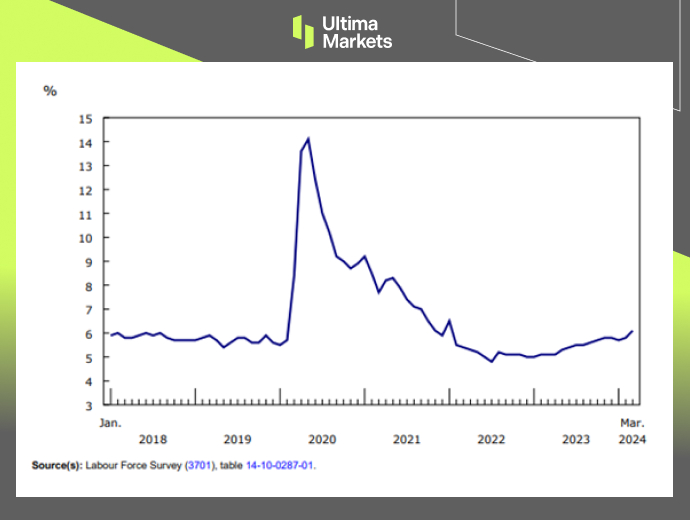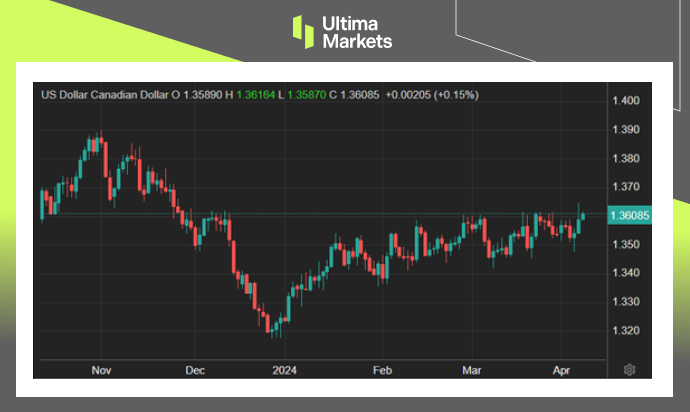
Ultima Markets App
Trade Anytime, Anywhere
Important Information
This website is managed by Ultima Markets’ international entities, and it’s important to emphasise that they are not subject to regulation by the FCA in the UK. Therefore, you must understand that you will not have the FCA’s protection when investing through this website – for example:
- You will not be guaranteed Negative Balance Protection
- You will not be protected by FCA’s leverage restrictions
- You will not have the right to settle disputes via the Financial Ombudsman Service (FOS)
- You will not be protected by Financial Services Compensation Scheme (FSCS)
- Any monies deposited will not be afforded the protection required under the FCA Client Assets Sourcebook. The level of protection for your funds will be determined by the regulations of the relevant local regulator.
Note: Ultima Markets is currently developing a dedicated website for UK clients and expects to onboard UK clients under FCA regulations in 2026.
If you would like to proceed and visit this website, you acknowledge and confirm the following:
- 1.The website is owned by Ultima Markets’ international entities and not by Ultima Markets UK Ltd, which is regulated by the FCA.
- 2.Ultima Markets Limited, or any of the Ultima Markets international entities, are neither based in the UK nor licensed by the FCA.
- 3.You are accessing the website at your own initiative and have not been solicited by Ultima Markets Limited in any way.
- 4.Investing through this website does not grant you the protections provided by the FCA.
- 5.Should you choose to invest through this website or with any of the international Ultima Markets entities, you will be subject to the rules and regulations of the relevant international regulatory authorities, not the FCA.
Ultima Markets wants to make it clear that we are duly licensed and authorised to offer the services and financial derivative products listed on our website. Individuals accessing this website and registering a trading account do so entirely of their own volition and without prior solicitation.
By confirming your decision to proceed with entering the website, you hereby affirm that this decision was solely initiated by you, and no solicitation has been made by any Ultima Markets entity.
I confirm my intention to proceed and enter this website Please direct me to the website operated by Ultima Markets , regulated by the FCA in the United Kingdom
Jobless Numbers Climb in Canada, Fueling Rate Cut Debates
Canada saw its unemployment rate climb to 6.1% in March 2024, an increase from 5.8% the previous month, reaching the highest rate since October 2021 and significantly topping forecasts of 5.9%.
The data align with the Bank of Canada’s observations, suggesting that high interest rates are placing considerable strain on the labor market. These figures support the argument of those in favor of trimming rates potentially in the upcoming second quarter. The tally of unemployed surged by 60,000, resulting in 1.260 million jobless, with 65% having been on the job hunt for over a month.
For young people, unemployment spiked to a seven-plus-year zenith of 12.6%, up from February’s 11.6%, while the increase was more gradual for the prime working-age segment (25 to 54), ticking up from 5% to 5.2%. Meanwhile, overall net employment saw a dip by 2,200 to 20.403 million, defying the expectation of a bump by 25,000, and the pace of hourly wage growth nudged up by 10 basis points to 5%.

(Unemployment Rate,Statistics Canada)
The Canadian dollar fell to its weakest level since November, dropping below 1.36 per USD in April. This decline came after labor data highlighted a divergence in the economic outlook for Canada and the United States, leading to expectations of contrasting monetary policy paths for their respective central banks. While Canada’s labor data was weaker, the U.S. reported stronger-than-expected job numbers, underscoring the resilience of their labor market. The robust U.S. employment figures reduced pressure for looser monetary policy, bolstering the U.S. dollar’s strength against other major currencies, including the Canadian dollar.

(USDCAD Six-month Chart)
Disclaimer
Comments, news, research, analysis, price, and all information contained in the article only serve as general information for readers and do not suggest any advice. Ultima Markets has taken reasonable measures to provide up-to-date information, but cannot guarantee accuracy, and may modify without notice. Ultima Markets will not be responsible for any loss incurred due to the application of the information provided.
Why Trade Metals & Commodities with Ultima Markets?
Ultima Markets provides the foremost competitive cost and exchange environment for prevalent commodities worldwide.
Start TradingMonitoring the market on the go
Markets are susceptible to changes in supply and demand
Attractive to investors only interested in price speculation
Deep and diverse liquidity with no hidden fees
No dealing desk and no requotes
Fast execution via Equinix NY4 server








